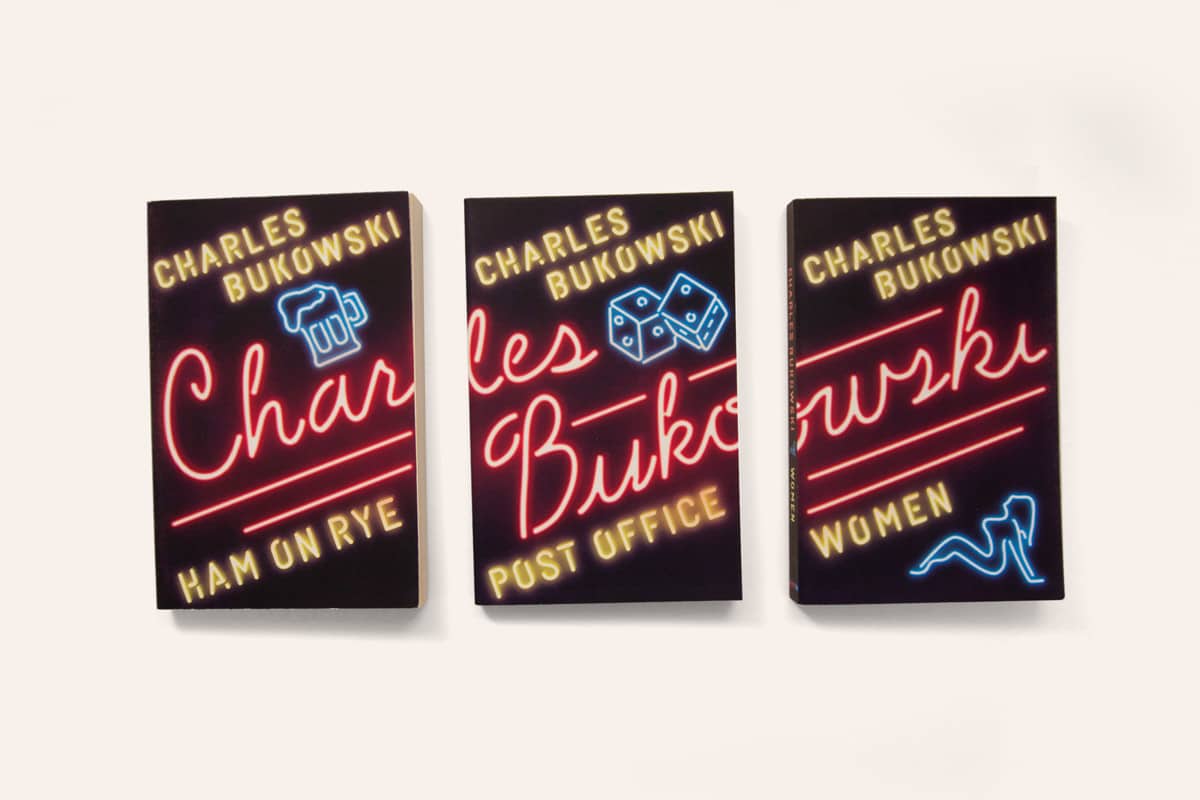Puede parecer sencillo si tu única experiencia con los libros es leerlos, pero diseñar la cubierta de un libro es en realidad un proceso complejo y profundo que exige un tipo especial de creatividad, concentración e investigación de mercado. Si eres el diseñador para la portada de un nuevo libro superventas, tendrás que prestar mucha atención a la tipografía, la colocación del texto y la combinación de colores, por no mencionar la selección de la imagen de fondo perfecta y la colocación del título en el mejor lugar. Una buena portada de libro atraerá al instante al espectador utilizando elementos visuales que proporcionen pistas sutiles sobre los temas del libro sin desvelar demasiado de la historia.
¿Qué hace falta para conseguir tu trabajo de diseño en la portada de la próxima novela de éxito? Hay mucho en juego, así que si quieres aprender a diseñar portadas de libros, has venido al lugar adecuado. Hemos hablado con cuatro diseñadores de portadas de libros bien establecidos para que nos den los mejores consejos y trucos para aprender a diseñar portadas de libros. Michel Vrana, Anna Green, Martin Hinze, y Steven Attardo han diseñado portadas de libros para una variada lista de autores de éxito, como Anthony Trollope, Jeanette Winterson, Virginia Woolf, Alain Badiou e Ian McEwan. Sigue leyendo para conocer sus puntos de vista sobre el proceso de creación de la portada de libro perfecta, sea cual sea el encargo.
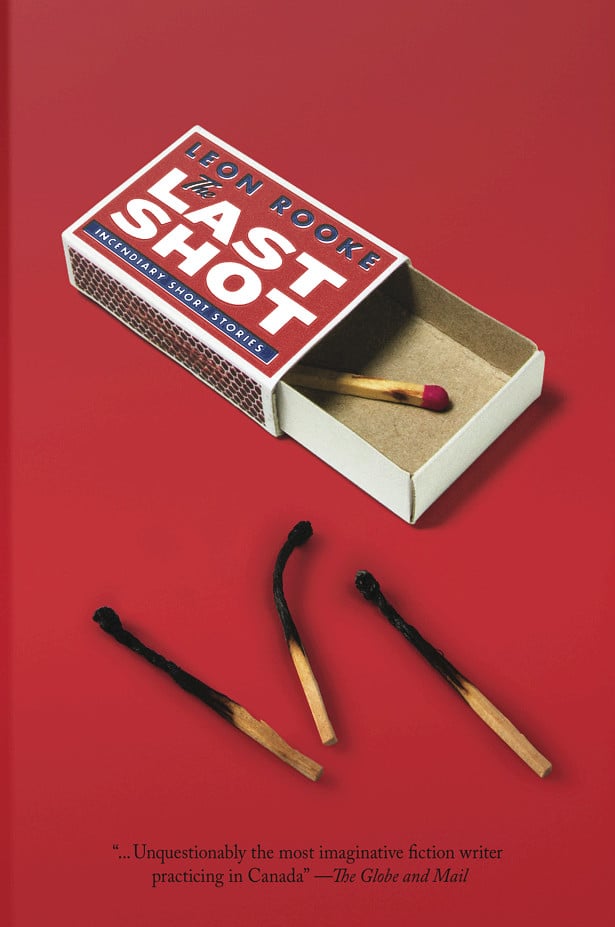



Cómo hacer una buena portada de libro
Cada diseñador tiene un método ligeramente distinto a la hora de diseñar la cubierta de un libro. Por eso hemos ido directamente a la fuente, hablando con estos cuatro diseñadores sobre sus enfoques únicos del diseño de libros y sobre cómo crear portadas de libros superventas.
Michel Vrana
Michel Vrana es diseñador de cubiertas de libros con formación en cómics y novelas gráficas. Dirigió un estudio de diseño boutique durante 10 años antes de decidir dedicarse al diseño de cubiertas de libros a tiempo completo en 2009. También es ponente ocasional y conferenciante invitado.
"Cuando me asignan la portada de un libro, lo primero que hago es leer. Ya sea el briefing del diseño, un extracto de un título de no ficción o el manuscrito en el caso de la ficción. Tomo notas de las ideas que se me ocurren mientras leo. Puede que haga algunos bocetos en miniatura, escriba una lista de palabras que describan el libro o investigue un poco. A menudo, las tres cosas.
Luego dejo que las cosas se cocinen. Trato de terminar esta primera parte del proceso lo suficientemente pronto para que el proceso de pensamiento de fondo esté totalmente avivado y funcionando. Así, mientras trabajo en la fase de ejecución de otras portadas, sigo pensando en estas incipientes.
Cuando llega el momento de empezar a ejecutar las ideas, tiendo a preferir desbastar las cosas rápidamente en InDesign. El objetivo es sacar las ideas de una forma algo pulida. Juega con los tipos de letra para transmitir diferentes estados de ánimo. Prueba con distintas imágenes. Genera imágenes diferentes. Duplica un concepto e itéralo. Explora. El iPhone es una gran herramienta para sesiones fotográficas rápidas cuando no hay material disponible para un concepto concreto.
Una de mis portadas favoritas fue la de David Gilmour El orden perfecto de las cosas. Uno de los sentimientos que transmitía el libro era el de intentar aferrarse a los recuerdos. Mientras dibujaba, recuerdo que miré un catálogo de tarjetas de biblioteca que había heredado de un amigo, que lo había encontrado abandonado en el exterior de la biblioteca McGill de Montreal. Y pensé en los recuerdos que se derramaban literalmente de aquel catálogo de tarjetas, incapaces de ser contenidos por el orden que se les había impuesto.
Esbocé la idea con algo de Photoshop, pero para la portada final, saqué el catálogo de tarjetas al patio, metí la manguera de jardín por detrás y, con la cámara montada en un trípode, hice un centenar de fotos del agua saliendo de uno de los cajones. Los vecinos pensaron que estaba loco. ¡Me lo pasé muy bien!
Si todo eso te hace pensar que el diseño de cubiertas de libros es una forma divertida de pasar los días, estás en lo cierto. Nunca resulta aburrido, siempre hay algo nuevo que hacer y siempre hay una nueva forma de abordar el problema visual de captar la atención de alguien con un elemento visual intrigante. Claro que de vez en cuando hay enredos con las demás personas implicadas en el proceso de sacar un libro al mercado, pero todos tienen el mismo objetivo: ¡conseguir lectores para el libro! Así que, incluso cuando hay desacuerdos, siempre existe la sensación de que todos estamos en el mismo equipo.
¿Por dónde empezar si crees que el diseño de libros es para ti? ¿Por qué no rediseñas la portada de tu novela favorita? Piensa en un tema y crea un blog en el que publiques tus portadas. He visto que esto funciona como idea promocional y como forma de que los diseñadores practiquen su oficio. Ve a las librerías, mira cuáles son las tendencias, mira lo que te gusta, mira lo que no".
¿Por dónde empezar si crees que el diseño de libros es para ti? ¿Por qué no rediseñas la portada de tu novela favorita? Piensa en un tema y crea un blog en el que publiques tus portadas. He visto que esto funciona como idea promocional y como forma de que los diseñadores practiquen su oficio. Ve a las librerías, mira cuáles son las tendencias, mira lo que te gusta, mira lo que no.
Michel VranaCartera
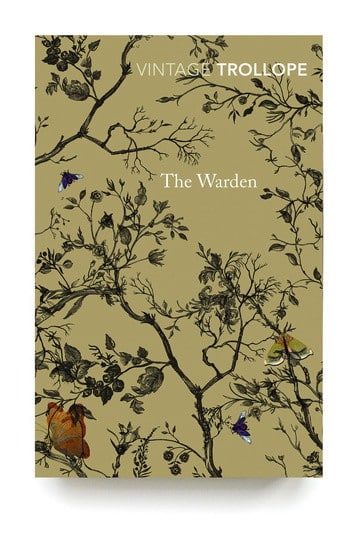
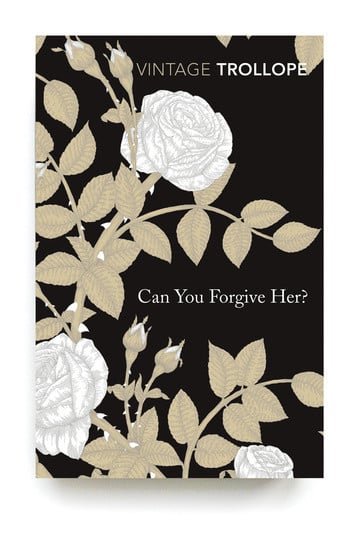
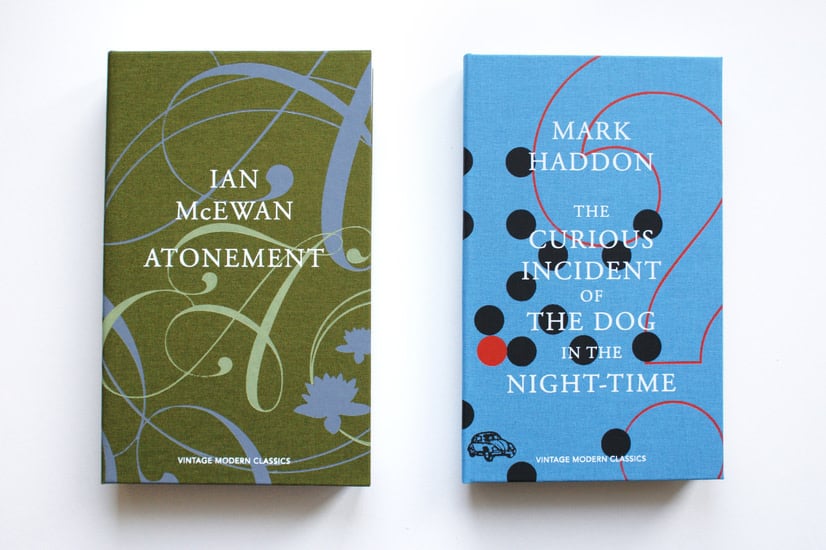
Anna Green
Anna Green es una diseñadora de libros autónoma afincada en Manchester (Reino Unido) que trabaja en Siulen Design. Antes de crear su propia empresa de diseño de libros, pasó seis años trabajando como diseñadora sénior en Random House. Tiene formación en arte y diseño y en artes gráficas.
"Empecé como becaria en Random House UK y fui ascendiendo hasta diseñadora sénior antes de hacerme autónoma en 2010. El amor por los libros es esencial. He tenido la suerte de trabajar con algunos de mis autores favoritos y he descubierto un montón de nuevos favoritos por el camino.
Una buena portada destila la esencia de un libro. Lo que buscas es transmitir un elemento del libro (ya sea un aspecto central del tema, un detalle más oscuro o simplemente una sensación general) de forma que resulte atractivo y reconocible. Creativamente, sueles tener más libertad que con el cartel de una película, pero menos que, por ejemplo, la portada de un álbum. Y nunca querrás revelar tanto que la portada reste valor a la experiencia del lector.
Hay mucha gente cuya visión del libro intentas cumplir: el autor, el agente, los editores, los libreros y, por supuesto, los lectores. Es un delicado equilibrio intentar contentar a todos.
Por último, el diseño de la cubierta y los acabados de la impresión tienen que funcionar en tres sentidos: tienen que ser eficaces en la estantería, ser llamativos en tamaño miniatura en la pantalla y, con suerte, también ser cosas bonitas para sostener.
Mi consejo para los nuevos diseñadores es el siguiente: lee mucho, visita librerías y, en general, hazte una idea del tipo de editoriales a las que aspiras. A continuación, investiga un poco para encontrar contactos de diseño relevantes para cada editorial. Envíales un enlace a tu sitio web o sitio web de carteras en líneao muestras impresas. Los proyectos de portada son obviamente lo mejor que puedes mostrar, pero otras muestras de diseño también están bien, siempre que muestres una gran habilidad tipográfica e ideas frescas."
Anna GreenCartera
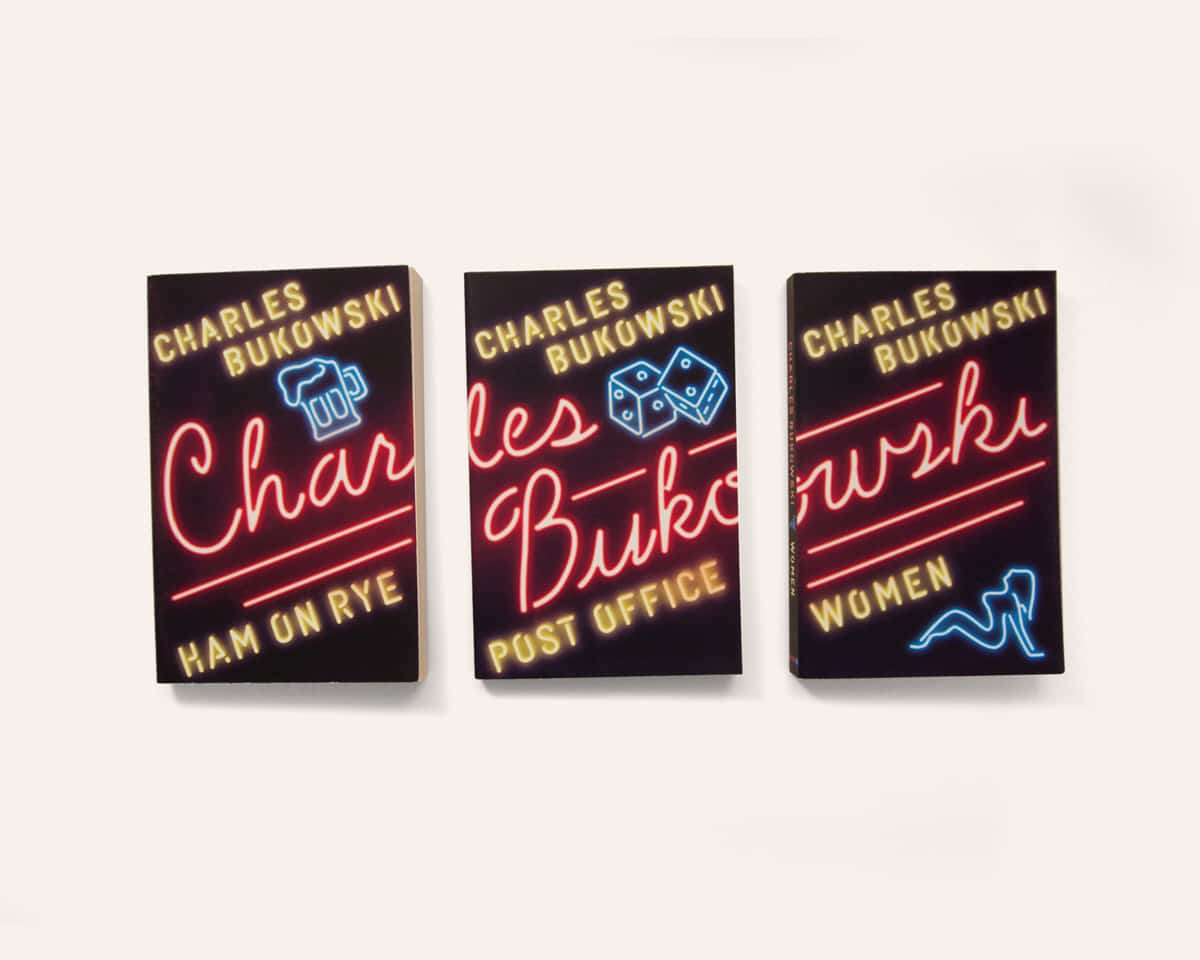
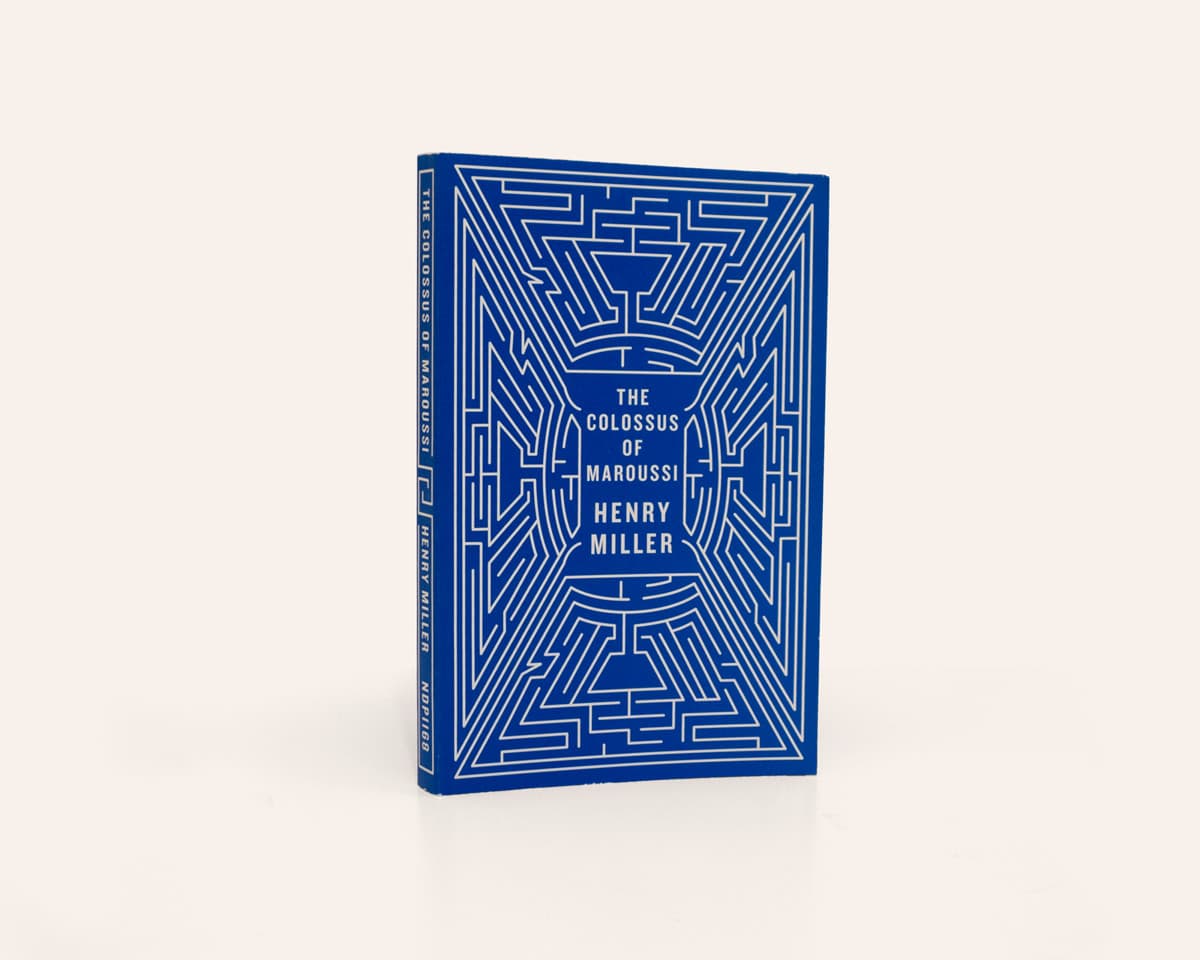
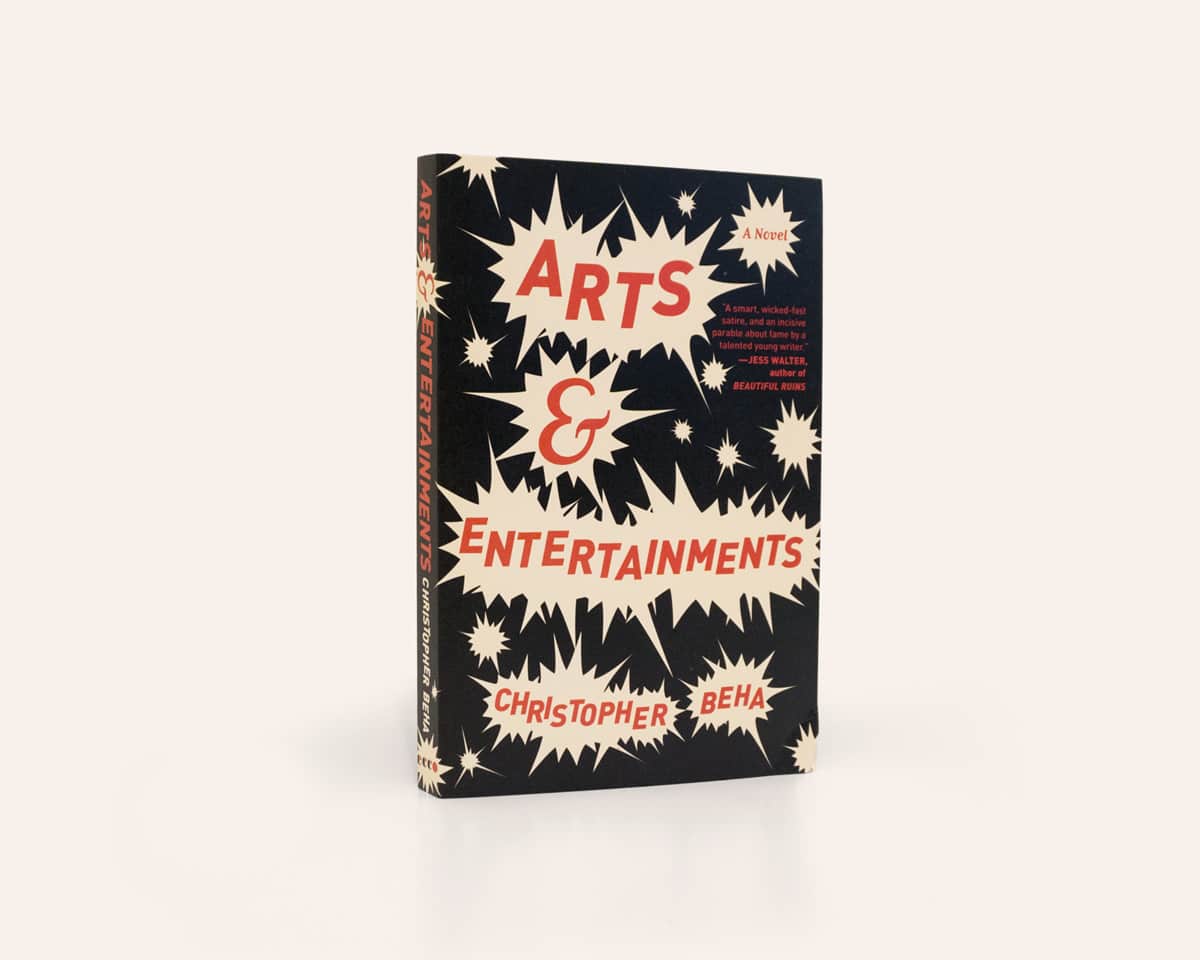
Steven Attardo de Ninetynorth Design
Steve Attardo es director artístico, diseñador, fotógrafo y educador residente en Nueva York. Trabaja como Director de Diseño de la división de libros comerciales de W.W. Norton and Company. W.W. Norton es la mayor editorial de libros independiente del mundo, y el papel de Attardo incluye dirigir y contribuir a un equipo que crea diseños de cubiertas para casi 200 libros cada año. Attardo también se encarga de proyectos de diseño independientes, trabajos de fotografía, conferencias, talleres y otras oportunidades de colaboración.
"No sentí ninguna presión al diseñar las portadas de Bukowski. La verdad es que no. Al menos, ninguna que yo no me imponga normalmente. Cuando trabajo, creo que la única forma de crear algo genuino, único y auténtico para el libro es estudiarlo todo lo posible y llegar realmente a las tripas de la historia o la escritura. El tono, la narrativa y, en el caso de Bukowski, su reputación, son cosas que tengo en cuenta.
En este caso, el reto consistía menos en contar una historia y más en captar una emoción. Añade el hecho de que los tres libros se iban a publicar como una serie de libros atrasados, y tendrás el jugoso comienzo de un proyecto muy divertido.
Cuando estaba empezando mi carrera, busqué todas las oportunidades que pude encontrar que me permitieran aprender de personas realmente inteligentes en su campo. Dio la casualidad de que mis maestros y mayores influyentes diseñaban portadas de libros o carteles increíbles, y demostraron que la habilidad de diseñar y comunicar en una única superficie era una habilidad que podía extenderse a todos los aspectos del diseño.
Hay algo realmente especial y seductor en ser el responsable de diseñar la cara de una historia, o el punto de entrada a un portal para escapar de este mundo. Es un privilegio sentarse en el asiento que ocupamos los diseñadores de libros y a veces olvido lo genial que puede ser.
Al fin y al cabo, todo diseñador se enfrenta al reto entre el arte y el comercio. Soy de la opinión de que lo bello, original, único y llamativo es siempre la mejor estrategia para vender libros y satisfacer al diseñador que hay en mí. Si, en el raro caso de que todos los presentes en la mesa estén de acuerdo en que lo que propongo cumple todas esas definiciones, no siempre se considera algo que garantice las ventas. Con demasiada frecuencia, la incertidumbre de vender libros descarrila un gran diseño. Conduce a clichés y a un diseño poco inspirado.
Si quieres dedicarte al diseño de libros, te diría lo siguiente: tienes que amar el proceso. Tienes que amar el acto de leer un manuscrito y explorar ideas. Te tiene que encantar el hecho de que cada cubierta pueda tener un aspecto tan diferente y que tu trabajo sea explorar todas esas vías. Tienes que amar hacer todas y cada una de las elecciones tipográficas. Te tiene que encantar buscar o crear las imágenes perfectas. Tienes que amar el acto de encontrar la forma de poner la piel de gallina a la gente con tu trabajo, y tienes que amar eso quizá un poco más de lo que amas que te aprueben las portadas."




Martin Hinze
Martin Hinze es diseñador gráfico licenciado por el Savannah College of Art & Design. Hinze ha trabajado en Nueva York diseñando libros para Columbia University Press y como autónomo en Estambul antes de establecerse en Alemania.
"Si tu primer trabajo es el diseño de libros, te recomendaría una editorial universitaria, donde podrás ver todos los aspectos de la creación de un libro. Yo empecé en una editorial universitaria de Nueva York. Fue un buen lugar para empezar. Tienes una gran variedad de géneros de libros -menos ficción-, a veces con títulos y conceptos disparatados. Por lo demás, hay muchas editoriales. Búscalas, averigua qué tipos de libros hacen y ve a hablar con ellas.
El primer paso a la hora de diseñar una portada es comprender siempre la idea central del libro. Una vez que tengas el concepto claramente aislado, entonces podrás empezar a pensar en soluciones visuales. Lo ideal sería leer el libro, pero eso rara vez me ocurre a mí. En lugar de eso, obtengo un resumen, hago preguntas al editor o al autor, y luego amplío mi investigación. Para entonces, el título suele estar más claro y puede dar pistas adicionales sobre la intención del autor. La estética en sí viene dictada tanto por la idea central del libro como por el público al que va dirigido. Cada público tiene sus preferencias y expectativas, y a veces puedes sacudirlo un poco.
Los retos son muchos y variados. Puede ser simplemente el uso obligatorio de un arte realmente malo, o un título increíblemente largo con subtítulo -preferiblemente con varios autores-. O a veces es ver cómo tu preciado diseño de portada se convierte en un desastre, pequeño cambio tras pequeño cambio.
O es una persona que diseñó su portada en Microsoft Word y quiere que la recrees. Cuando digo recrear, quiero decir 1:1, sin margen de maniobra. Esto suele ocurrir con los autores. Algunos autores tienen más influencia en el diseño que otros, pero recrear una portada es un caso extremo y sólo me ha ocurrido dos veces hasta ahora.
Normalmente, el editor te da algunas imágenes o ideas después de haber hablado con el autor y entre ellos. A veces te dicen lo que no debes utilizar ("Nada de cogerse de la mano", "Nada de globos terráqueos", etc.), y yo siempre intento añadir un boceto que se salga de lo que ellos quieren. Nunca se sabe, una vez que lo ven, puede que se decanten por tu idea en vez de por la preconcebida, y entonces todo el mundo está más contento".
Martin HinzeCartera
